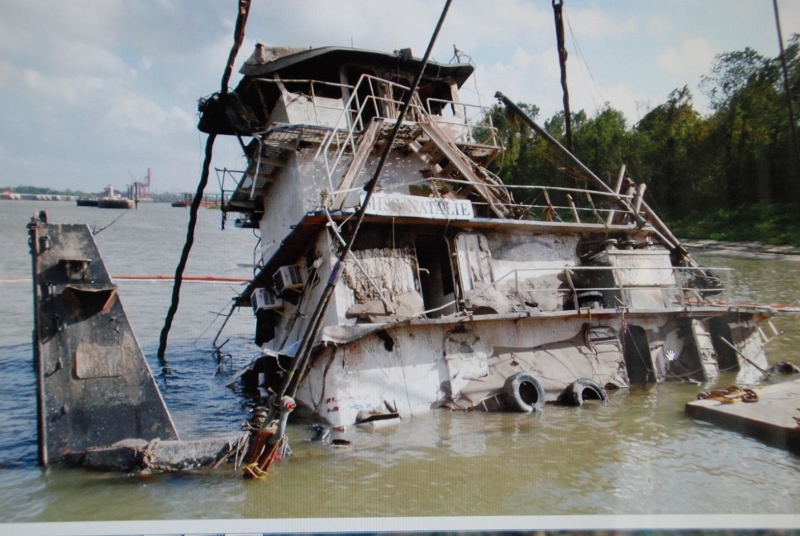Fatigue, distraction and underestimating strong currents are among the top hazards for workboats cited in the National Transportation Safety Board’s Safer Seas 2016 report released today.
The annual review of major maritime accidents looks back at 27 cases investigated by the board, ranging from a tanker vs. bulk carrier collision in the Houston Ship Channel, to Mississippi River towboat accidents.
“Not only mariners, but management and executives as well, should take these lessons to heart,” NTSB acting chairman Robert L. Sumwalt III wrote in a foreword to the report. “Safety culture begins at the top. The lessons in Safer Seas Digest should be as important to those in C-suites as they are to those at sea.”
Fatigue tops the list. As an example the NTSB cited the Sept. 23, 2014, sinking of the 42’ fishing vessel Sea Shepherd when it was struck by the 110’ Coast Guard cutter Key West nine miles east-northeast of Vieques Island, Puerto Rico.
Thinking the Coast Guard vessel was approaching to do fisheries inspection, the captain and mate continued to haul lobster pots. But on the cutter bridge, the officer of the day did not see the Sea Shepherd until he opened a door and saw the fishing boat for the first time, just 100’ to 150’ away.
NTSB investigators concluded the officer was excessively fatigued, and had likely dozed off for some moments after another crewmember on watch had stepped away on another task.
“Fatigue continues to be a leading cause of accidents among all modes of transportation, and reducing fatigue-related accidents is once again a top safety improvement on the NTSB’s Most Wanted List,” the report notes.
“Mariners should recognize the effects of sleep loss on performance and should never take a watch while too fatigued to be fit for duty. When fatigued to the point that it affects the ability to properly stand a watch, mariners should arrange for a qualified watchstander to serve in their place or otherwise avoid being on duty until they are able to safely carry out their responsibilities.”
The May 30, 2015, sinking of towing vessel Miss Natalie on the Lower Mississippi River near Romeville, La., was another case of the hazards of operating in high water, particularly during the practice of downstreaming to pick up barges in fleeting operations.
Moving in to pick one barge out of a tow, the Miss Natalie was turned sideways in the fast current against the barge and rolled over, killing one crewman.
“Operating in strong currents — particularly during high water when currents are stronger than normal presents unique challenges to mariners, including maneuvering difficulties,” the report says, noting studies and warnings dating back to 1997. “The danger of strong currents is particularly significant while performing the ‘downstreaming’ maneuver practiced in the inland towing industry.”
Distraction is another hazard that cuts across all transport sectors. The NTSB report notes several examples, including the Sept. 2, 2015, collision of the towing vessels P. B. Shah and Dewey R on the Lower Mississippi River near Columbus, Ky.
In that case, the captains had thought they worked out their meeting and passing arrangements by radio. But investigators found that distractions, in other radio transmissions and wheelhouse conversations with crew, led to misunderstanding that that to the twos colliding.




